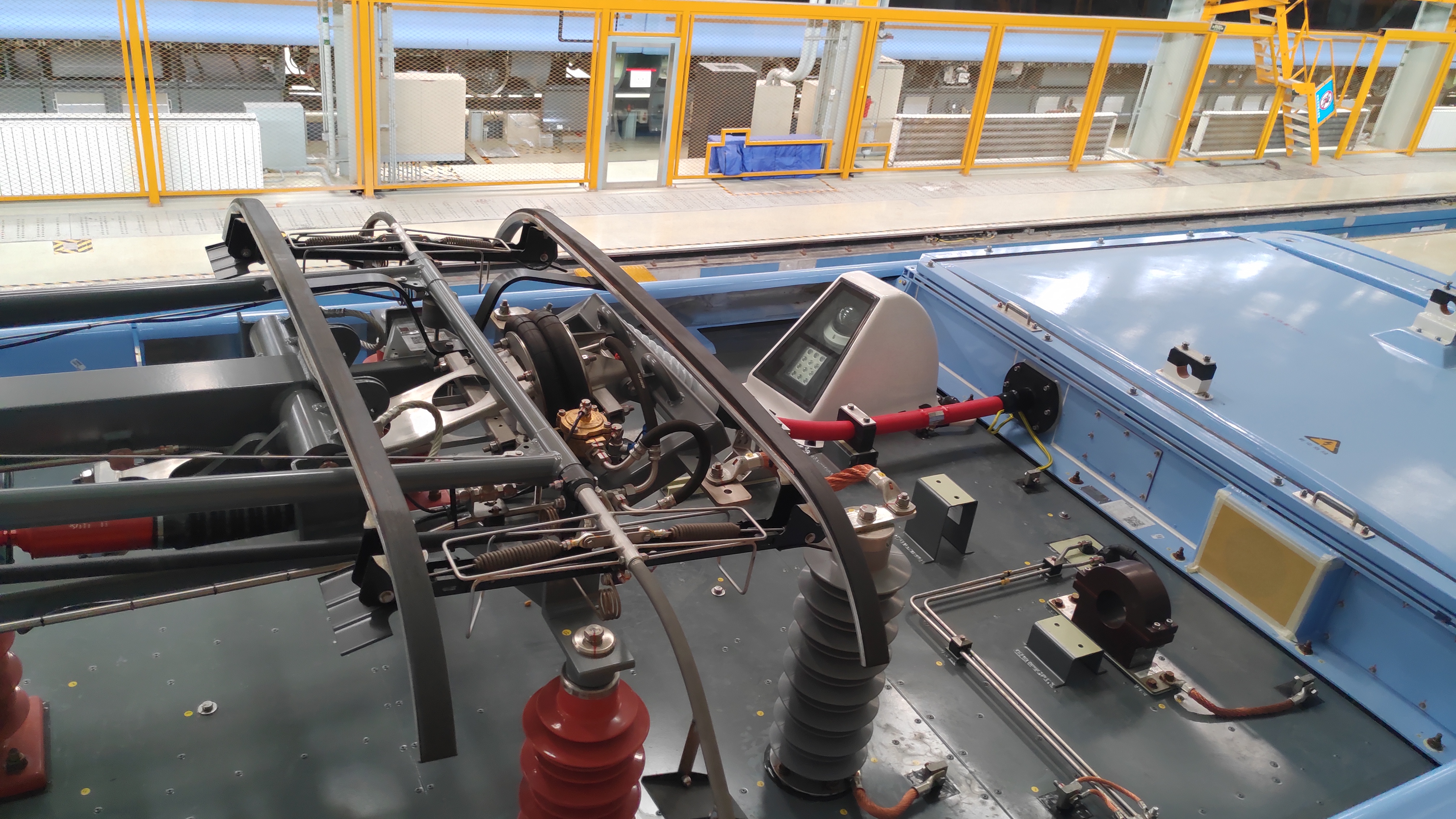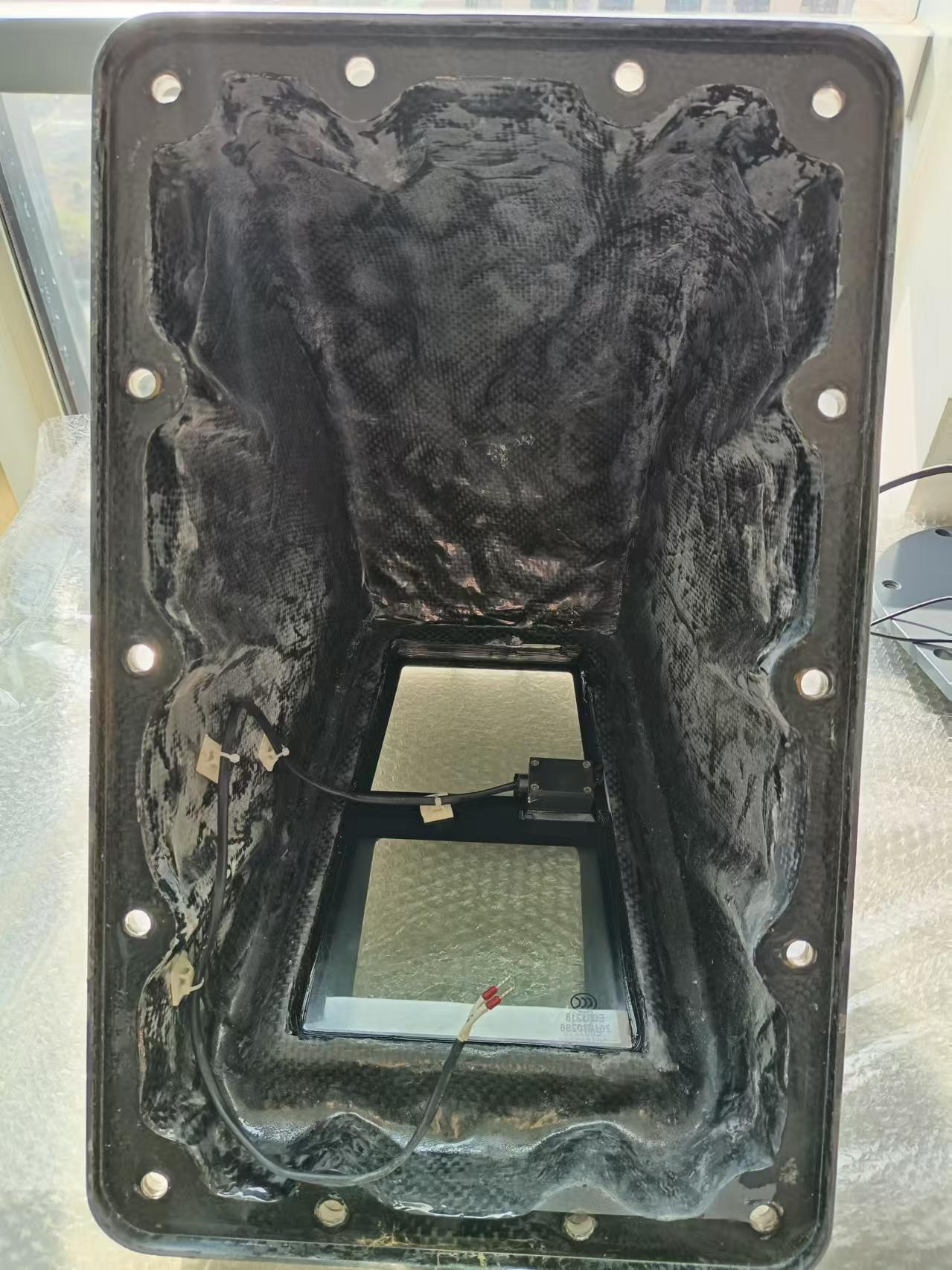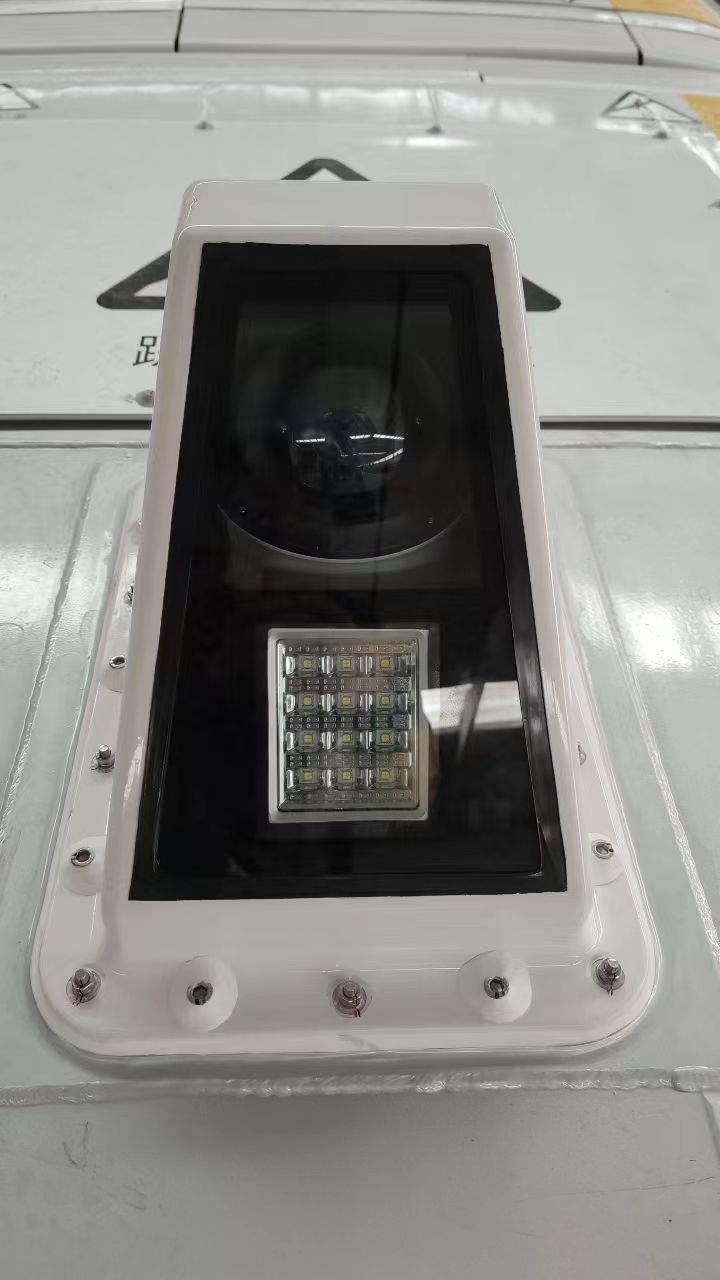
Is Carbon Fiber or Aluminum Alloy Better for Pantograph Cameras?
2024-11-07 11:37
I’m looking out at the rail system I manage, thinking about all the parts that make it run smoothly. When it comes to a pantograph camera, the choice of material might not be the first thing on my mind, but it’s definitely one of the most important. I want reliability, durability, and something that can stand up to the elements. So, which material is better: carbon fiber or aluminum alloy? Let’s dive in.
Quick Answer: Which Material Takes the Lead?
In short, aluminum alloy tends to win out. Why? It’s durable, cost-effective, and, thanks to innovations in waterproofing, incredibly reliable in harsh rail environments. Carbon fiber may seem attractive with its lightweight, high-strength appeal, but for a long-term, rugged solution, aluminum alloy checks more boxes.
Table of Contents
Why Does Material Matter?
When you’re dealing with railway systems, every part, including the pantograph camera, has to withstand weather, vibrations, and constant wear. The material directly impacts the camera’s weight, stability, and waterproofing, which, in turn, affect the longevity and performance. I’m looking for something that can stand up to these conditions and protect my investment in the long run.
Pros and Cons of Carbon Fiber
What Makes Carbon Fiber Shine?
 Carbon fiber carbon fiber’s combination of lightweight strength, corrosion resistance, design flexibility, and vibration damping makes it an extraordinary material for high-performance applications.
Carbon fiber carbon fiber’s combination of lightweight strength, corrosion resistance, design flexibility, and vibration damping makes it an extraordinary material for high-performance applications.
When I think about minimizing weight without sacrificing strength, carbon fiber seems like the obvious choice. Let’s look at some benefits.
Pros:
Lightweight: With a density of about 1.7 g/cm³, carbon fiber is far lighter than aluminum alloy’s 2.7 g/cm³. This makes a difference when every gram counts.
High Strength: Carbon fiber’s tensile strength can reach up to 3500 MPa, much higher than aluminum alloy.
Corrosion Resistant: Carbon fiber resists chemicals and corrosion, making it a solid choice for extreme conditions.
Cons:
High Cost: Carbon fiber’s production costs remain high, which isn’t ideal when I’m considering large-scale installations.
Waterproofing Issues: Carbon fiber often needs adhesive for waterproofing, which can allow water ingress over time — a nightmare in high-humidity or rainy areas.
Prone to Brittle Fractures: Although strong, carbon fiber is also more brittle than aluminum. It is susceptible to cracking or fracturing under sharp impacts, which can limit its durability in certain applications.
Advantages of Aluminum Alloy
 Now, aluminum alloy has long been a staple in many industries, and there’s a reason for it. I’ve come to appreciate the practical advantages it offers, especially for pantograph cameras that need to be both robust and cost-effective.
Now, aluminum alloy has long been a staple in many industries, and there’s a reason for it. I’ve come to appreciate the practical advantages it offers, especially for pantograph cameras that need to be both robust and cost-effective.
Why Aluminum Alloy Stands Out
Aluminum alloy may not have the “wow” factor of carbon fiber, but it makes up for it with reliability. For me, it’s all about balance — strength, cost, and ease of maintenance.
Pros:
Stable and Durable: Aluminum alloy has excellent mechanical stability and conductivity, making it ideal for railway systems.
Affordable: It’s more affordable than carbon fiber, which matters when budget constraints come into play.
Waterproofing Innovation: With the right design, aluminum alloy housings are incredibly water-resistant. Our TIENUO design, for instance, uses edge trim and custom rubber seals with metal reinforcements, preventing water ingress even in harsh weather.
Cons:
Heavier than Carbon Fiber: Although relatively light, aluminum alloy doesn’t match carbon fiber’s density. However, this is rarely a dealbreaker.
Lower Tensile Strength: Aluminum alloy’s tensile strength is lower than carbon fiber, though still more than sufficient for pantograph applications.
Why TIENUO Recommends Aluminum Alloy
Having been in this industry for over 20 years, TIENUO has refined our approach to aluminum alloy pantograph cameras. From experience, here’s why we endorse aluminum alloy:
Reliable Waterproofing: We’ve designed our aluminum alloy housings with specialized seals and edge trim to keep water out. This system doesn’t require the adhesives that carbon fiber does, which makes maintenance simpler and more reliable over time.
Mechanical Stability: Our one-piece die-cast aluminum housings provide uniform quality, eliminating weak points that can develop in multi-piece designs.
Practicality and Cost-effectiveness: While carbon fiber has its perks, aluminum alloy combines strength, stability, and affordability in a way that’s ideal for rail applications.
Additional Q&A
Does Carbon Fiber Really Offer Better Durability?
Yes and no. Carbon fiber is strong, but it’s also more brittle and susceptible to damage from sharp impacts or abrasions, making it less practical for rugged, outdoor applications.
Can Aluminum Alloy Corrode?
With the right protective coatings and seal designs, aluminum alloy is resistant to corrosion, especially in harsh environments. Modern alloys and treatments have greatly improved its resilience.
Is the Cost Difference Worth It?
In my opinion, aluminum alloy’s cost-to-performance ratio makes it a better choice. Unless weight reduction is your top priority, aluminum alloy offers durability and stability at a reasonable price.
Conclusion
After weighing the pros and cons, aluminum alloy stands out as the practical choice for pantograph cameras in railway applications. It’s durable, affordable, and easy to maintain, which is key when I’m looking for a long-lasting solution. Carbon fiber’s high strength and lightweight appeal are impressive, but for real-world rail environments, aluminum alloy with TIENUO’s waterproofing innovations simply makes more sense.
